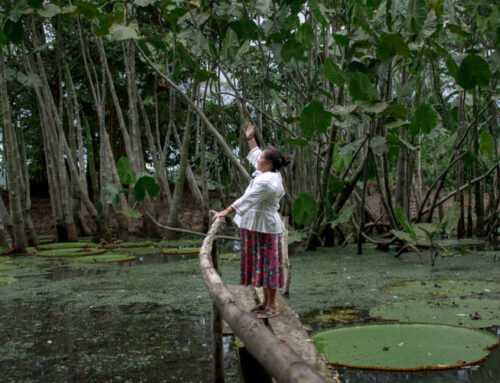Decades after a paper mill in Northern Ontario dumped 10 ton of mercury into an Ontario river, residents of Grassy Narrows First Nation and Wabaseemoong (Whitedog) First Nation are only beginning to get answers. From 1970 to 1992, Health Canada collected umbilical blood and hair samples from the communities that were potentially exposed to the harmful substance. The results, however, have remained closed in boxes until only recently. Now, residents such as Chrissy Swain and Alana Pahpasy are finally getting the results, only to find out that they’ve been living with dangerously high mercury levels for years. Despite the fact that a Mercury Disability Board was set up, it has been criticized as inadequate and has turned the majority of applicants away. It is suspected that the high levels are now impacting the next generation of these communities. The health impacts of mercury poisoning include heart problems, learning disabilities, and motor skills deficits. Women and other members of the community are speaking out against the government, outraged at this wrongful neglect. Photo credit: David Sone/Earthroots







